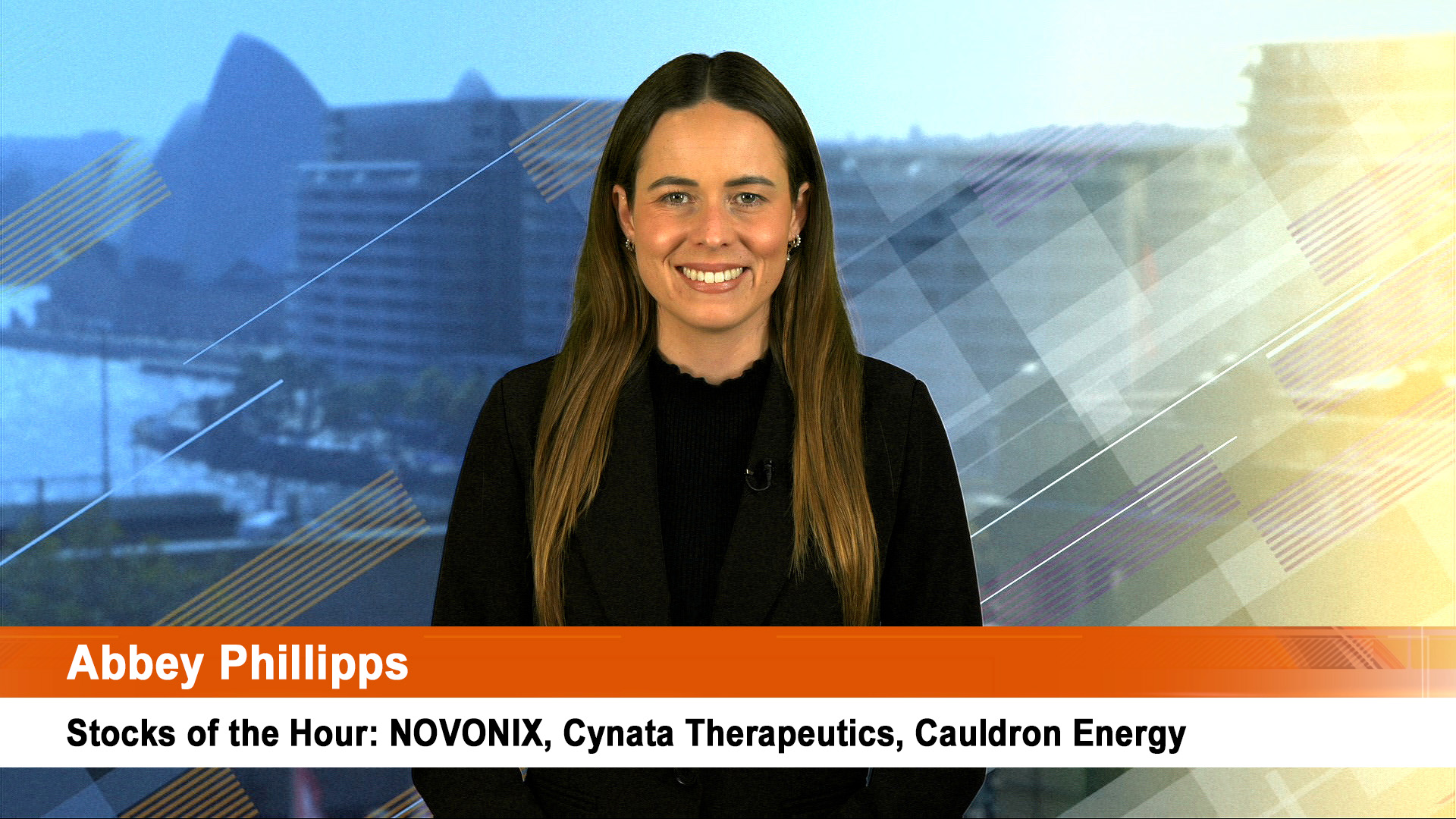While the Reserve Bank of Australia will be a bystander (but watching our inflation data) and across the Tasman, the Reserve Bank of NZ will be girding its loins for a rate cut the week after, but all eyes will be on a clutch of central banks this week, led by the Fed, and then the Bank of Japan.
And in Europe, the release on Friday of the stress tests on the region’s banks – especially those in Italy – will go along way to settling nerves, especially if there is a rescue package for those Italian banks announced.
The Fed could change its interest rate policy stance – or at a minimum, signal a possible change, while the Bank of Japan is could reveal plans for another round of easing and spending.
We are now more than month on from the June 23 Brexit vote in the UK and market slump and central banks have mostly avoided action in that time while they await more information about the health of the various and global economies.
From data released last week we know the UK economy is sagging a slowdown and the EU is a bit weaker. But the health of the US economy is better a month on from June 23 – so much so that a Fed policy switch (but not a rate cut) wouldn’t surprise.
While the Fed is all but certain to keep interest rates on hold on Wednesday (Thursday morning, Sydney time), but the question is, will it change its post-meeting statement to acknowledge the improved economic conditions?
That is why the post meeting statement will be analysed more closely than normal – there are no updated forecasts or media conference planned after this meeting.
So will the Fed provide enough clues about its next interest rate move, or will it note the improvement in the data and wait until the next meeting? That is what most analysts are forecasting.
The next move is still seen as an increase in rates. But with the US Presidential and congressional elections drawing closer, a rate hike probably won’t happen before December at the earliest, or more likely, early 2017. (though if Donald Trump wins the election, the shock to market confidence could see the Fed forced to signal a quick easing to support the economy from any shock to demand).
“As the outlook up to mid-September will presumably not be clear enough by then, the next rate hike is more likely to happen in December in our opinion, followed by two further steps in the coming year,” Commerzbank economists said in a note in New York on Friday. “consequently, we predict a somewhat stronger dollar and slightly higher (bond) yields in the medium term.”
While the Fed meeting ends on Thursday, our time, the first estimate of US second quarter growth will be out a day and a half later, meaning the Fed won’t have had the figures to inform discussions.
But the Fed should have a good idea of the economy’s rebound from its own data. The economy is strengthening going into the third quarter and the first estimate of June quarter GDP will support that.
The preliminary second-quarter figures due on Friday are expected to show the annual growth rate accelerating to a healthy annual rate of 2.6% from 1.1% in the three months to March.
And this first estimate has proven to be the lowest of the three for the past few quarters, so there is every chance US growth could be pushed past 3% (annually).
US inflation is strengthening, unlike in other major economies and that’s why theFed has been on the verge of another rate rise for a while.
In Tokyo, it will be a very different story. Friday marks the day when the For the Bank of Japan, could fulfil speculation that it will again ease policy. The Abe government is preparing more stimulus and the question is whether the government and the central bank will work in tandem, or separately.
The central bank is likely to cut its inflation forecasts but only slightly, but that will confirm deflation remains a fact of life. The central bank’s 2% inflation target, which was supposed to have been reached by now, remains as elusive and out of reach as it has for the past two years.
The Abe government though is getting closer to revealing a stimulus package with a headline figure of at least 20 trillion yen (near $US200 billion), which could take some pressure off the BOJ.
If the BOJ stands does nothing this week, it will disappoint the markets, prompting a fall in stock prices and a rise in the yen. That will hit the current rebound in the bud (Tokyo share prices are up 11% since June 23).
Friday also sees the release of the usual end of month data on employment, inflation, production and retail spending. They will again show a mixed picture – low unemployment, deflation and weak spending in some areas of retailing.
In Europe Friday sees the release of banking stress test results which will see attention focused on the struggling Italian banking sector. All bar a couple of Italian banks could be shown in trouble by the tests.
Their profitability is low and the 360 billion euros ($US400 billion) worth of non-performing loans on their books, are holding back the Italian economy and threatening to damage the country’s financial system, but that of Europe and the rest of the world.
Though the test is not a pass-or-fail exercise, the results will give fresh impetus to a solution between Italy, Germany, the European Commission and the European Central Bank (ECB) to strike a deal and overcome opposition to a bailout involving government funds.
Italy, Germany and the European Commission have been fighting over plans by the Italian government for a 40 billion euro plus rescue package.
ECB president Mario Draghi hinted last Thursday at the possibility of setting up a public backstop to help Italian banks sell down some of their billions of euros of bad loans that are threatening to damage the country and the rest of the zone.
Any agreement on an aid package for Italian banks will trigger a rebound in bank shares and the markets as a whole. At the moment it is a much bigger threat than the fallout from the UK’s Brexit vote.













